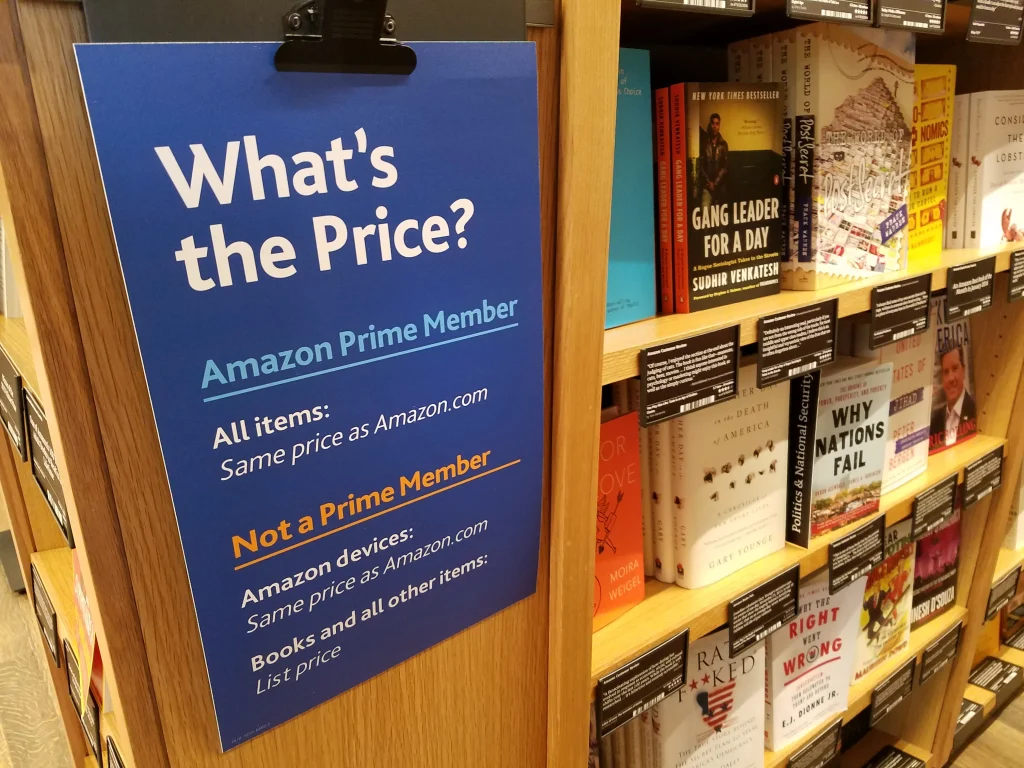Discover 2025 income trends and learn how to boost your earnings as an author today.
Pricing your book can be tougher than writing it. Set the price too low, and you undervalue your work. Set it too high, and you may lose potential readers.
Pricing decisions should begin early, not at the end. Overestimating or underestimating your skills can lead to costly mistakes. Let go of ego, embrace humility, and step into the nuanced world of book pricing with Urban Quill Publishing.
Why Is Book Pricing Important?
Pricing reflects the value of your time, effort, and creativity. After months or years of dedication, the price you set determines your financial return.
Why let carelessness undermine your hard work?
How to Decide the Bookselling Price?
Suppose you spent seven months writing a book and price it at $9.99. That equates to about $0.05 per day of work—a wage requiring significant sales to sustain a living. While passion fuels writing, pricing validates your craft.
Pricing is both an art and a science. You can adopt a strategic approach or focus on reader approval. Factors like your experience, emotional resonance, and market demand shape your book’s price.

How to Set the Right Price for Your Book in 2025?
Here’s a practical guide to pricing your book to reflect its worth.
1. Setting Realistic Expectations
Realism is key when pricing your book. Unrealistic expectations can lead to frustration and poor outcomes.
Data shows self-published authors sell around 250 copies in their lifetime. At $9.99 per copy, that’s under $2,500 before printing and publishing costs, leaving you with minimal profit.
Example to Set the Average Price of Books
Pricing your book at $9.99 and selling 250 copies yields about $2,500. After expenses, your earnings drop significantly. Market research helps set a realistic price.
2. Find an Emotional Hook for Pricing
An emotional connection can justify a higher price. If your book resonates deeply with readers, they’ll pay more, regardless of cost.
Consider Margaret Kent, who priced her dating book at $100 per copy. After a controversial Oprah feature, it sold millions. Kent emphasized that readers were buying not just a book but the promise of a spouse. By tapping into primal emotions, she justified the price.
Identify your book’s emotional pull and market it to captivate readers.
3. Research Your Competition
Study your competitors’ pricing strategies. Their audience is your audience, so knowing what readers pay for similar books is essential.
Even if your book is better, readers judge based on cover, reviews, and price. Set your price within or slightly below competitors’ ranges to attract buyers.
Avoid pricing too low, as it may signal poor quality, making your book less appealing.
4. Use a Classic Pricing Strategy
The time-tested “odd pricing” strategy works wonders. Prices ending in .99 or .95 feel more affordable.
For example, $4.99 seems much cheaper than $5.00, even though the difference is a penny. This psychological tactic boosts sales.
What Is the Average Price of eBooks?
The ideal eBook price is $3.99 because:
- It’s an odd number, appealing psychologically.
- It’s a globally common eBook price.
- It’s low enough for readers to take a chance, costing less than a coffee.
5. Adjusting Royalties
Royalties—your profit per book—depend on the price and retailer. For example, Amazon offers 35% royalties for books priced at $2.98 or less, 70% for $2.99–$9.99, and 35% for books above $10.
While Amazon’s cut is significant, its platform provides credibility and access to millions. Other retailers may offer 40–45% royalties, which could be more profitable.
Factor in printing and shipping costs to ensure maximum profit. Note that your price must remain consistent across retailers like Amazon or iBooks.
What Are the Average Book Prices in 2025?
Prices vary by format and genre, each requiring distinct strategies.
Price of a Fiction Book
Most paperback novels (around 365 pages) range from $13.95 to $17.95. A price like $16.96 is reasonable, but research similar novels to confirm.
Overpricing risks your book being shelved in less visible bookstore spots.
Pricing Your eBook
eBook prices depend on quality, royalties, and length. Account for production costs and choose a retailer that maximizes your earnings.
Non-Fiction Book Prices
Books with extensive research, notes, charts, or graphics justify higher prices. Uniqueness, trim size, and page count also influence pricing.
The Message Your Price Sends
Your book’s price communicates its value in 2025.
Low Price: Cheap Content?
A low price for a substantial book may suggest inferior quality, deterring buyers. Research competitors’ prices to set a realistic rate that reflects your book’s value.
High Price Setting High Expectations
A higher price can imply uniqueness and quality, attracting curious buyers. Setting a price slightly above competitors involves risk but can yield significant profits if marketed effectively.
Bringing It All Together
Pricing a book is a complex task. Poor pricing can undermine your efforts, but Urban Quill Publishing’s guide offers clarity.
If you’re still unsure about pricing or publishing, reach out to Urban Quill Publishing. We provide expert support to solve your book pricing and publishing challenges, helping you focus on writing stress-free.
Recent Post
-
11 Dec 2025Build Your Reader Community: Simple, Authentic Ways to Connect with Fans Before and After Launch
-
10 Dec 2025Why Every Author Needs a Writing Routine — Even If You Only Write 10 Minutes a Day
-
09 Dec 202510 Common Cover Design Mistakes That Kill Book Sales (And How to Avoid Them)
-
08 Dec 2025Budget-Friendly Book Marketing for Indie Authors (When You Don’t Have a Big Marketing Budget)
-
24 Nov 2025How to Start Writing Your First Book (From Someone Who’s Been There)
-
24 Nov 2025How to Keep Readers Hooked From the First Page
-
17 Nov 2025Print vs. eBook vs. Audiobook: Choosing the Right Mix for Your Book
-
17 Nov 2025Building Your Author Brand with a Website, Podcast & Social Content | Simple Steps for Writers

